Espresso espresso extraction standard history of espresso production and drinking methods
You may ask: what does double Espresso mean? How many milliliters of standard espresso in the cafe? The process of making espresso? What's the best way to drink espresso?
Or you may wonder: where on earth can I buy authentic Italian coffee beans? Where do I buy all the Italian coffee beans commonly used in cafes? Is there a recommendation for retail and wholesale Italian coffee beans?
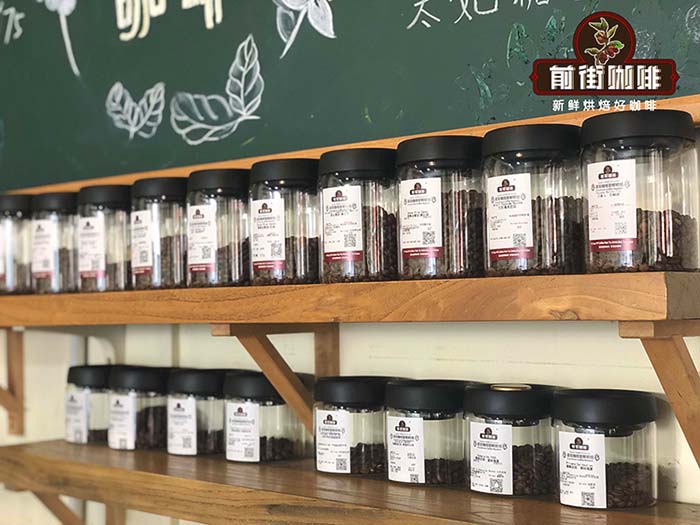
There are always thousands of unknown things waiting for you to discover every day. It is not difficult for careful friends to find 4 types of Italian coffee beans written in the lower right corner of the coffee bean list of front street coffee. Do you remember which ones? Today, Qianjie Coffee is here to give you a brief share of the above issues.
First, let's take a look at the introduction of Espresso espresso.
Qianjie Coffee Espresso espresso production
International general technical standard: take about 7 grams of freshly ground coffee powder, use water temperature of 92 degrees under the pressure of 9Bar, after 20-30 seconds extraction to get a cup of coffee about 20-30ml. The surface of this cup of coffee should be covered with coffee fat.
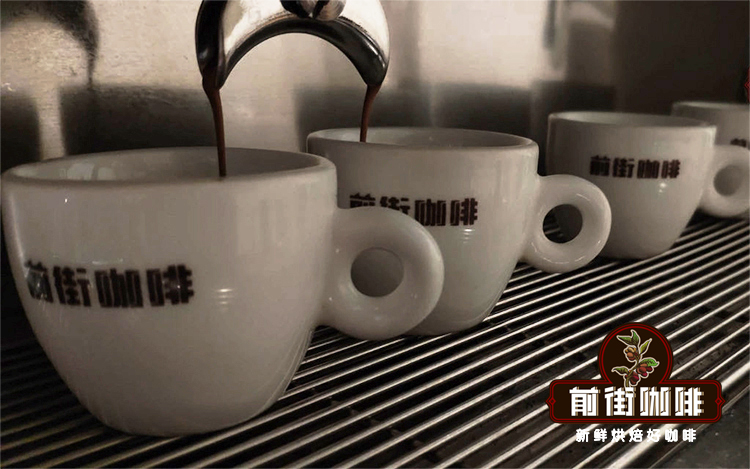
With the development of high-quality coffee, some new theoretical knowledge of coffee has been discovered; with a hundred flowers blooming in independent cafes, the extraction schemes of espresso in different households are also different.
For Qianjie Coffee to espresso, a cup of espresso is produced using 2 shot (1 serving of espresso) as the standard, using 19g coffee powder to extract 38g espresso at 1:2 for 28 seconds.
But the data are for reference only. How many milliliters should be qualified to extract an espresso? Qianjie Coffee believes that it still depends on the proportion of powder and water and the flavor of the extracted coffee.
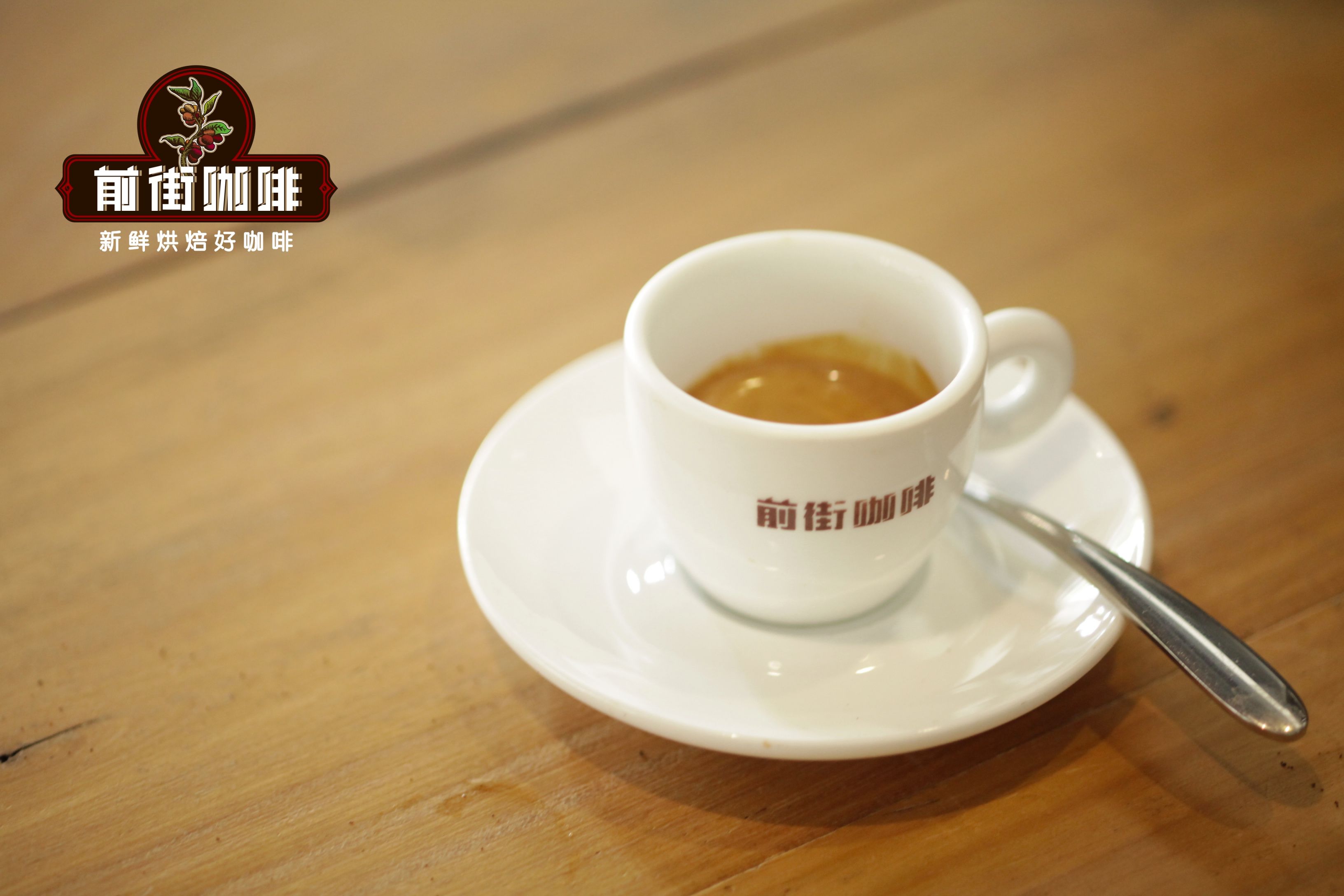
The baristas of Qianjie Coffee will often share some experiences about making coffee with you. As we all know, there are many factors that affect the flavor of a cup of coffee, such as proportion, water temperature, grinding degree, extraction time and so on. Qianjie Coffee decided to share these contents with you today.
How to understand the extraction parameters of espresso?
[powder quantity]
The amount of powder is determined by the capacity of the powder bowl.
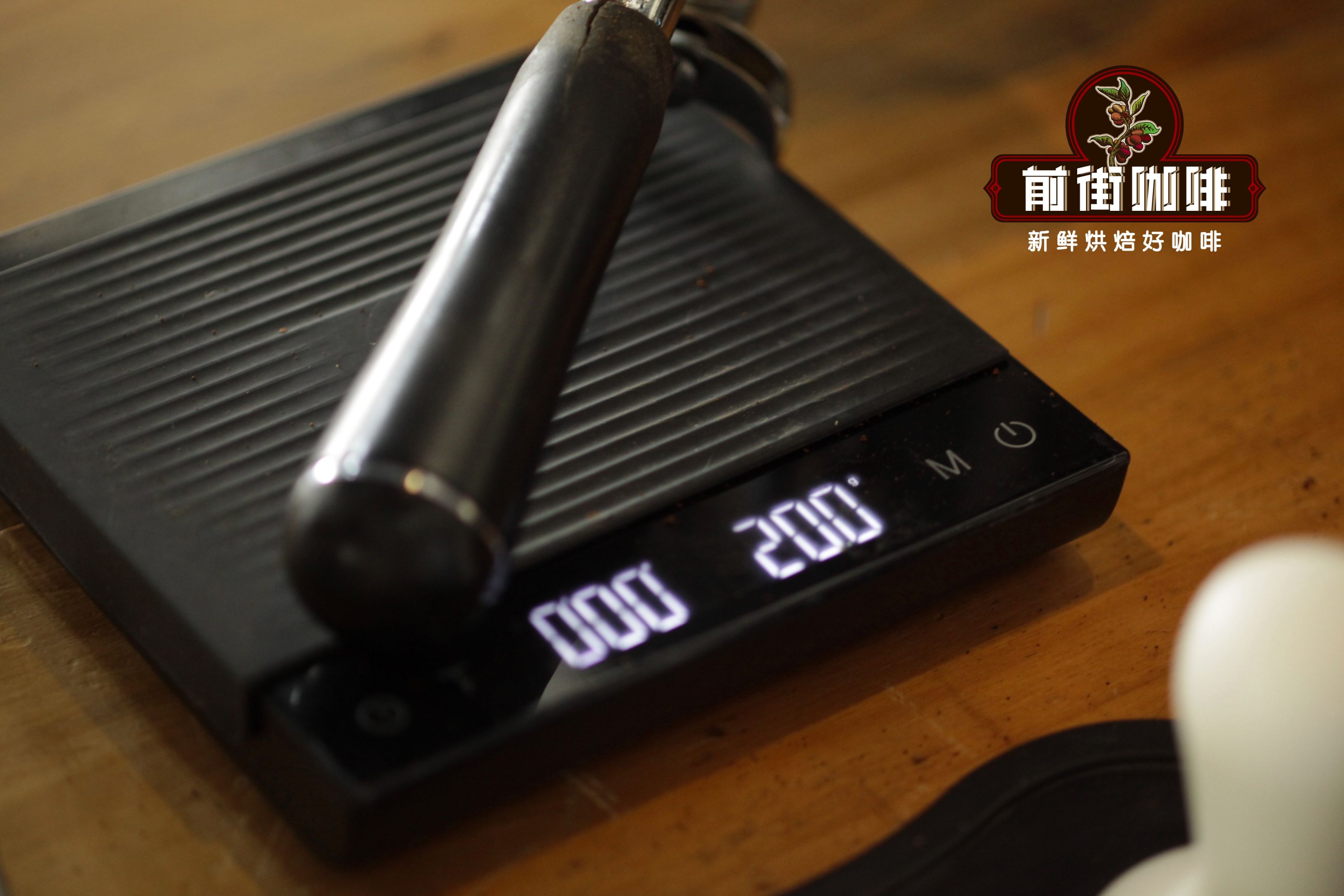
It is not recommended that the capacity of the powder bowl is much smaller than that of the powder bowl, and the amount of powder that is much more than the capacity of the powder bowl is not recommended.
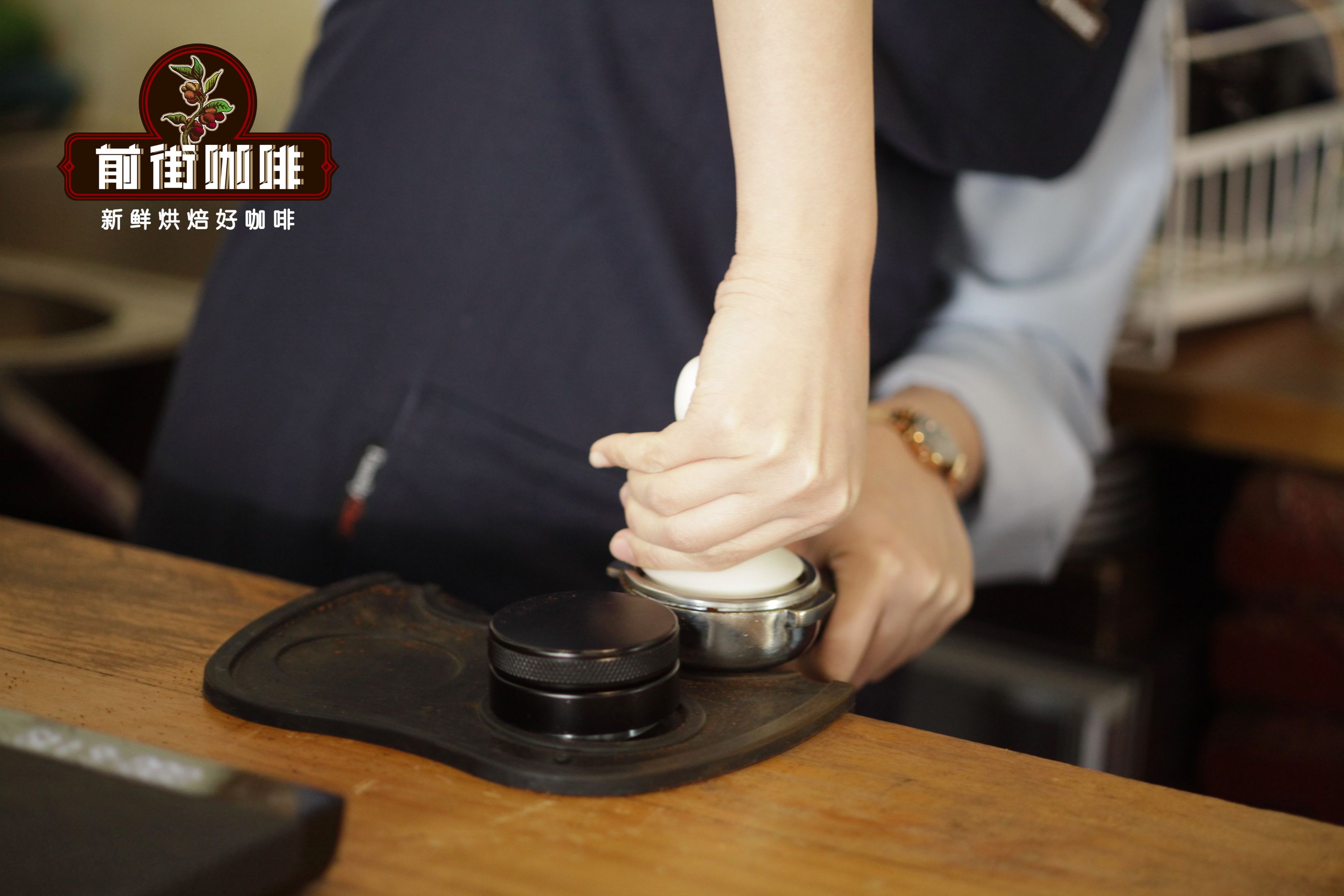
The amount of powder will affect the density of pressed powder. Under the same packing pressure, too little coffee powder will lead to fast flow rate and insufficient extraction due to sparse coffee powder; otherwise, the density is too dense, resulting in slow flow rate, which makes it difficult to extract coffee liquid.
[proportion]
Refers to the ratio of coffee powder to coffee liquid. There are two factors that affect the proportion: powder quantity & water quantity.
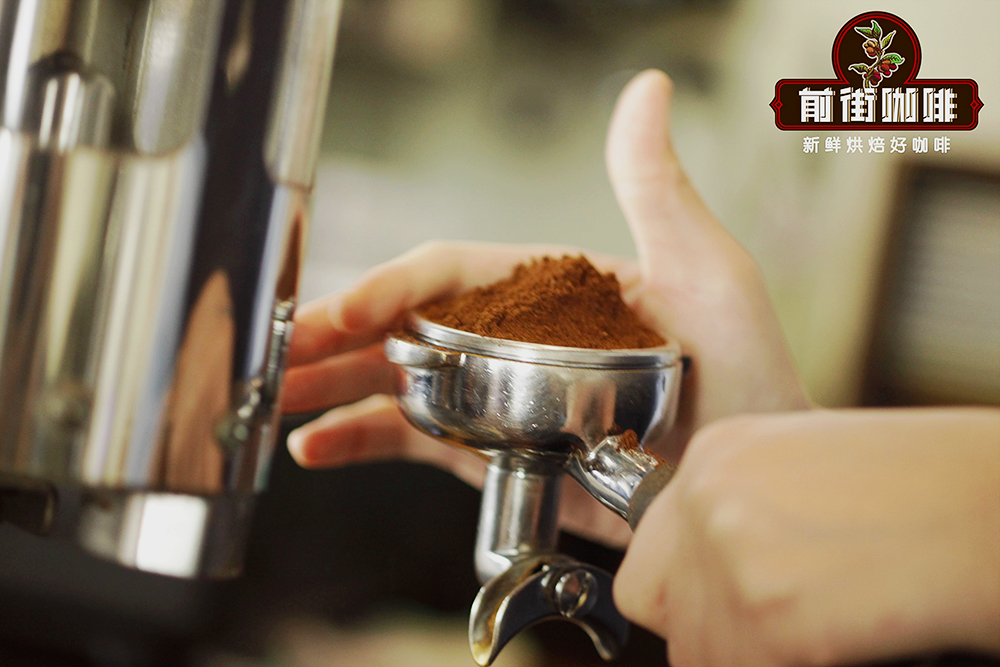
Generally, it is between 1RO 1.5 and 1RU 2.5. The more common is 1:2, such as 17g coffee powder extract 34g coffee liquid. However, if the proportion is too low, the coffee will be very rich and heavy, and it is easy to produce the bitterness caused by excessive extraction; on the contrary, if the proportion is too high, it will be dull and dull and acerbity caused by insufficient extraction.
[time]
Press the extraction key for the entire extraction time from the beginning to the end of the extraction. There are two factors that affect the extraction time: the degree of grinding & ratio.
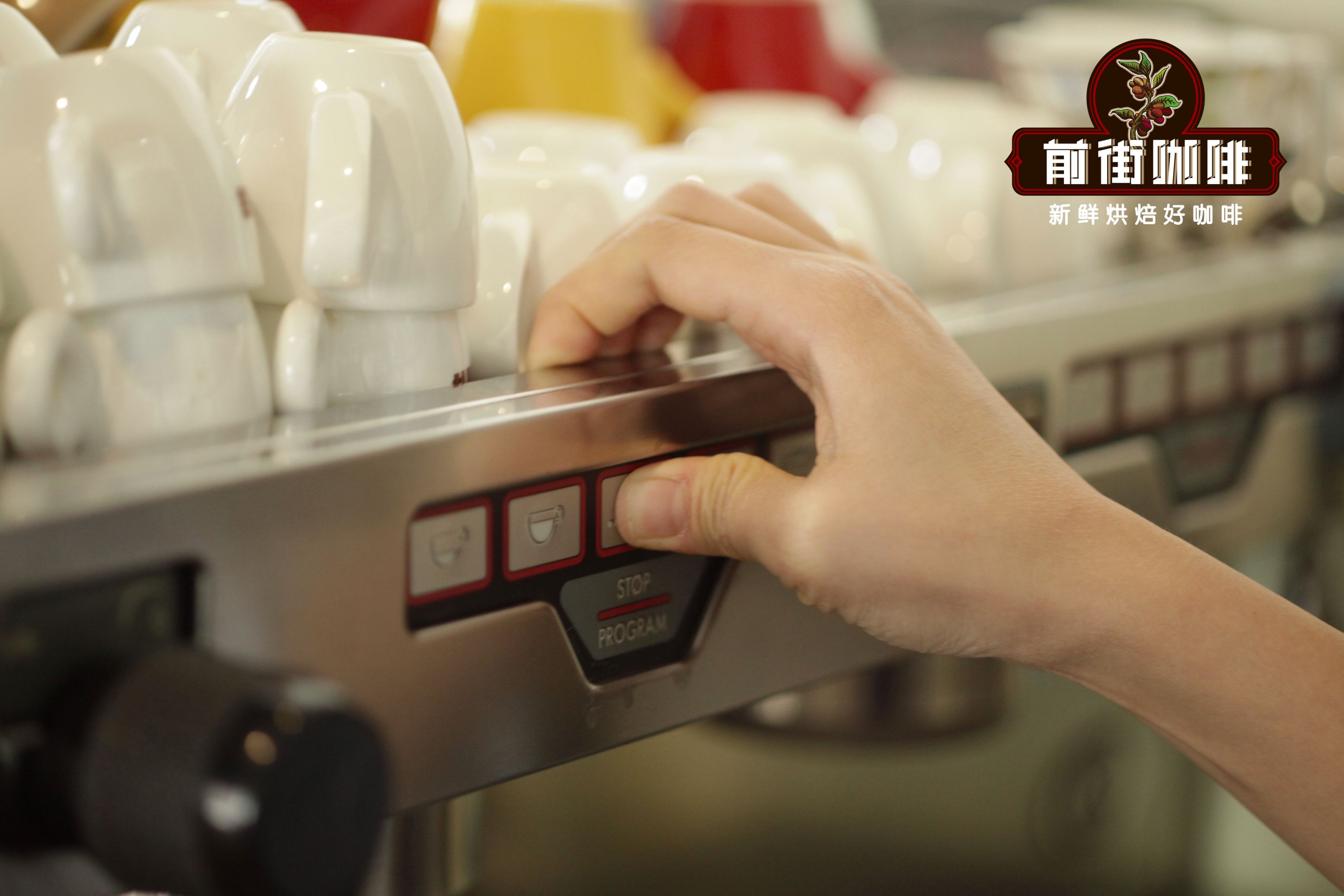
The proportion is relatively easy to understand, the proportion is high, the need for extraction with more water, the time is naturally longer; the degree of grinding affects the thickness of coffee powder, and the degree of thickness will directly affect the density of coffee pressed powder, the finer the coffee powder, the denser the pressed powder is, the more difficult the water is to pass, and the time will be lengthened and easy to lead to over-extraction.
[flow rate]
It means the speed at which the coffee liquid flows down. The ultimate goal of the extraction parameters is actually the result of the flow rate.
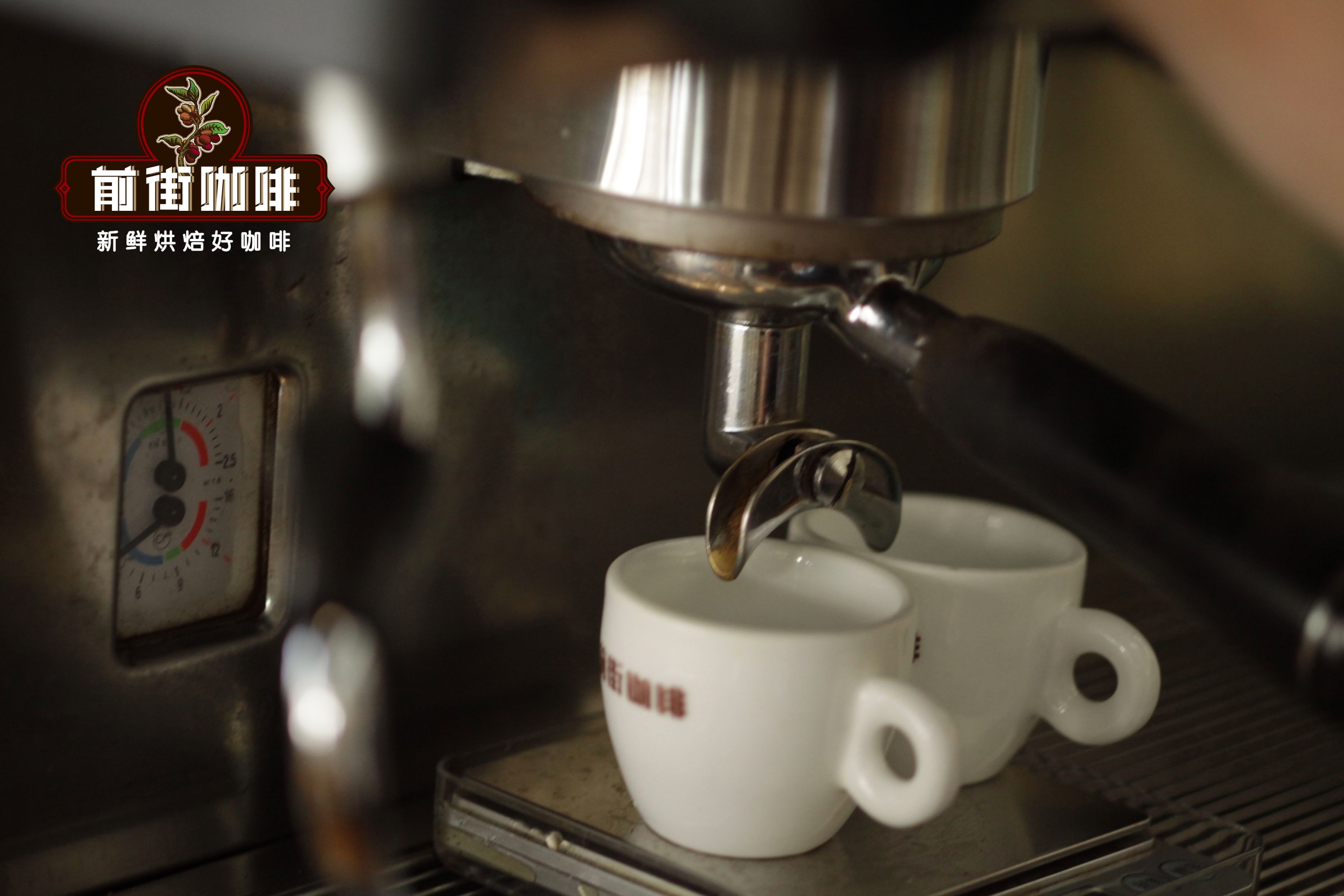
Our espresso needs to drop the first drop of coffee 5-6 seconds after pressing the extraction button. Evenly extract coffee, for example, just get 34g of coffee liquid at 30s. The speed of flow velocity is directly related to the appropriateness of grinding degree and ratio.
[pressure]
The average is about 9bar, which is determined by the performance of the coffee machine. If the pressure is low, the extraction efficiency is low, and if the pressure is too high, it is easy to extract too much.
[water temperature]
It's usually between 90 and 94 degrees Celsius. If the water temperature is too high, it is easy to extract too much, and the coffee is easy to taste bitter and astringent; if the water temperature is too low, it is easy to lack of extraction, which leads to the sharp taste of coffee.
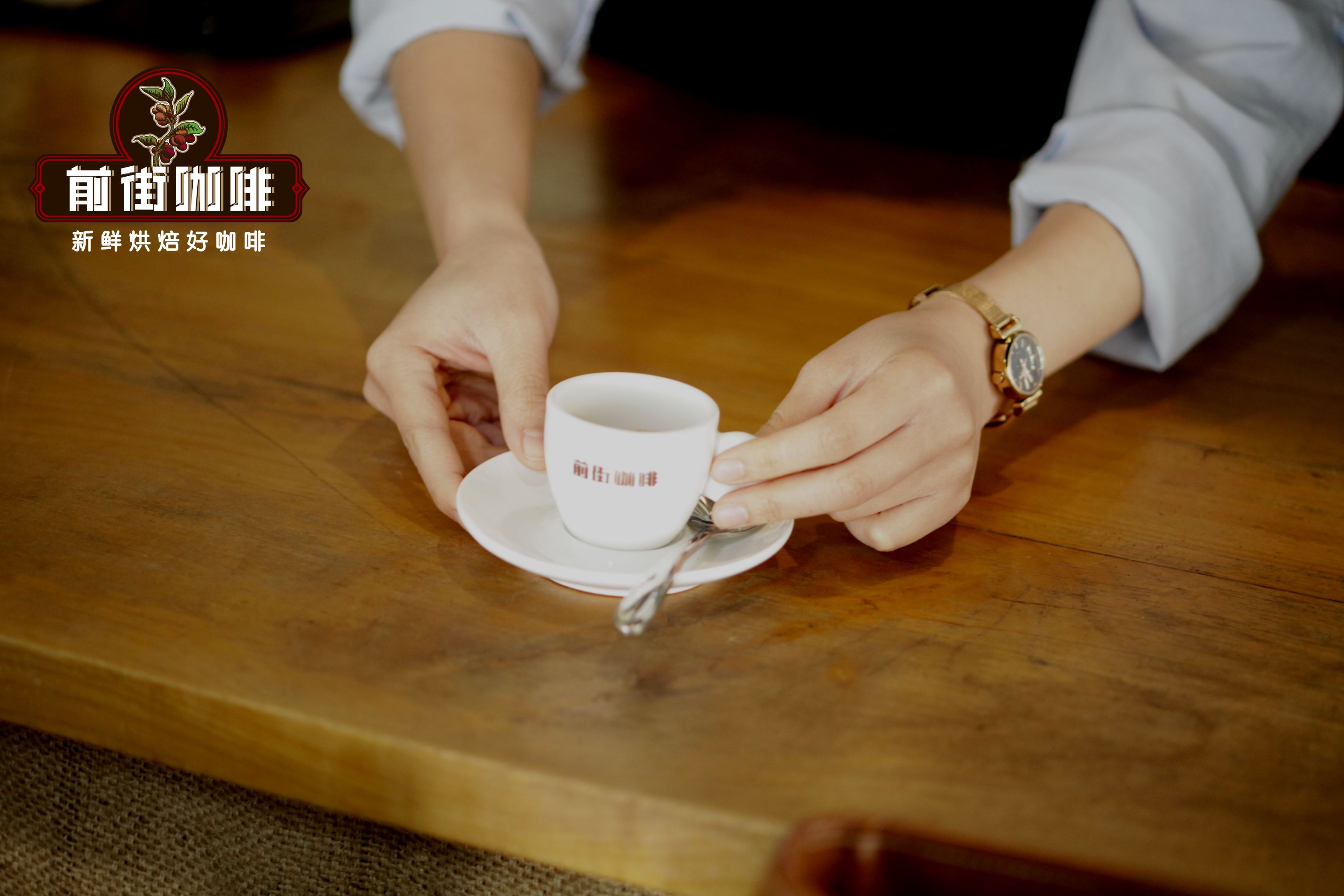
Detailed introduction of Qianjie Coffee Italian blend of Coffee beans (including specific formula)
As we all know, the Italian coffee beans in coffee shops are made from a variety of coffee beans from different places, so what is the purpose of making Italian coffee beans? Qianjie Coffee currently sells several Italian coffee beans, which are basic, boutique, commercial and sunny coffee beans.
[Qianjie Coffee Base with Italian Coffee beans]
Flavor: creamy nut chocolate
Recipe: 60% Brazilian coffee beans, 40% Yunnan coffee beans
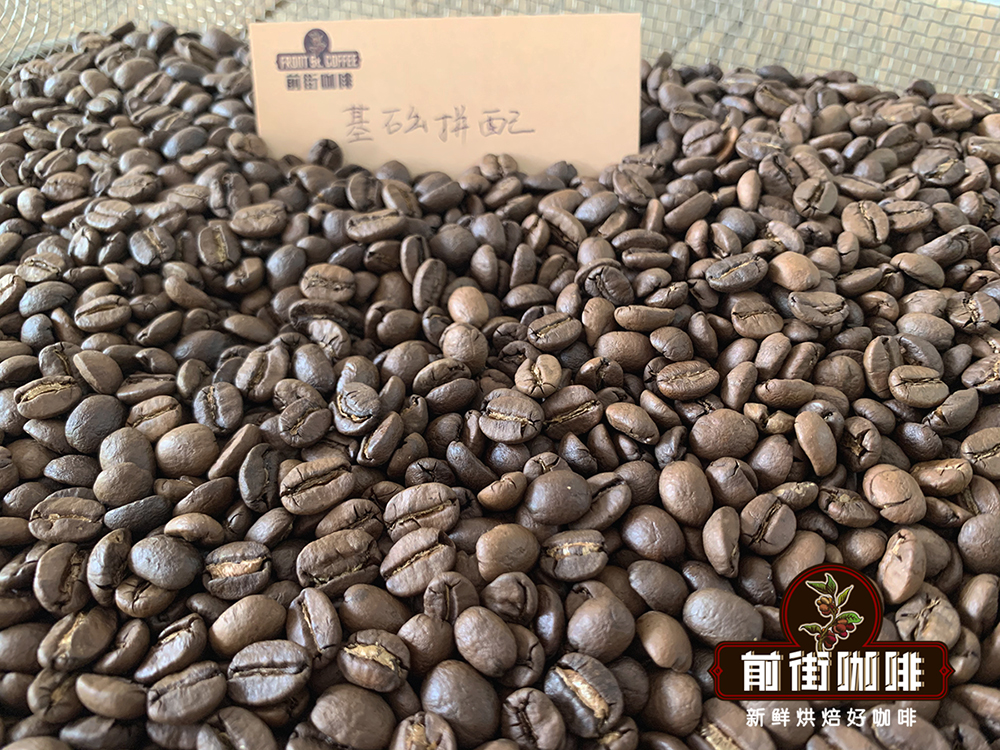
The basic coffee beans of Qianjie Coffee have high performance-to-price ratio. Qianjie coffee chooses Brazilian coffee beans with balanced taste, and on this basis, Yunnan coffee beans with weaker flavor than Brazilian coffee beans are mixed. Showing the most popular taste and flavor, whether you are in contact with coffee for the first time, or serious coffee lovers, you can easily accept this Italian coffee bean.
This mixed coffee beans in front of the street coffee uses medium-deep roasting. When making espresso, there will be a slightly sour, sweet, nutty taste, the overall feeling of peace, not too exciting. The fat is medium and can meet the daily requirements of lattes produced by most stores.
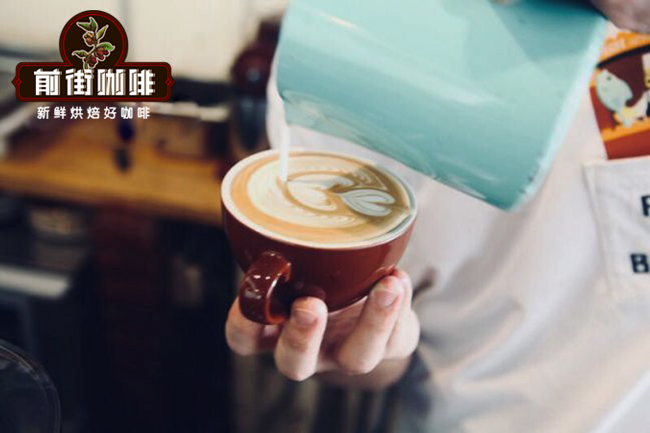
As mentioned above, Qianjie Coffee's boutique espresso beans are very stable and high-quality Italian coffee beans, which are very suitable for some independent cafes as daily products. The basic Italian coffee beans of Qianjie Coffee is the second cost-effective choice provided by Qianjie Coffee.
The operation of coffee shops is inseparable from cost. While keeping costs as low as possible, every operator is looking forward to providing stable coffee products. Qianjie Coffee is a basic coffee bean with a high performance-to-price ratio. Brazilian coffee beans and Yunnan coffee beans are selected for blending. Coffee beans from Yunnan and Brazil tend to be nuts and other flavors, and Brazilian coffee beans give this basic Italian coffee bean a more solid taste and rich oil.
[Qianjie coffee boutique with Italian coffee beans]
Flavor: sweet and mellow nuts with milk
Recipe: 70% Brazilian coffee beans, 30% Colombian coffee beans
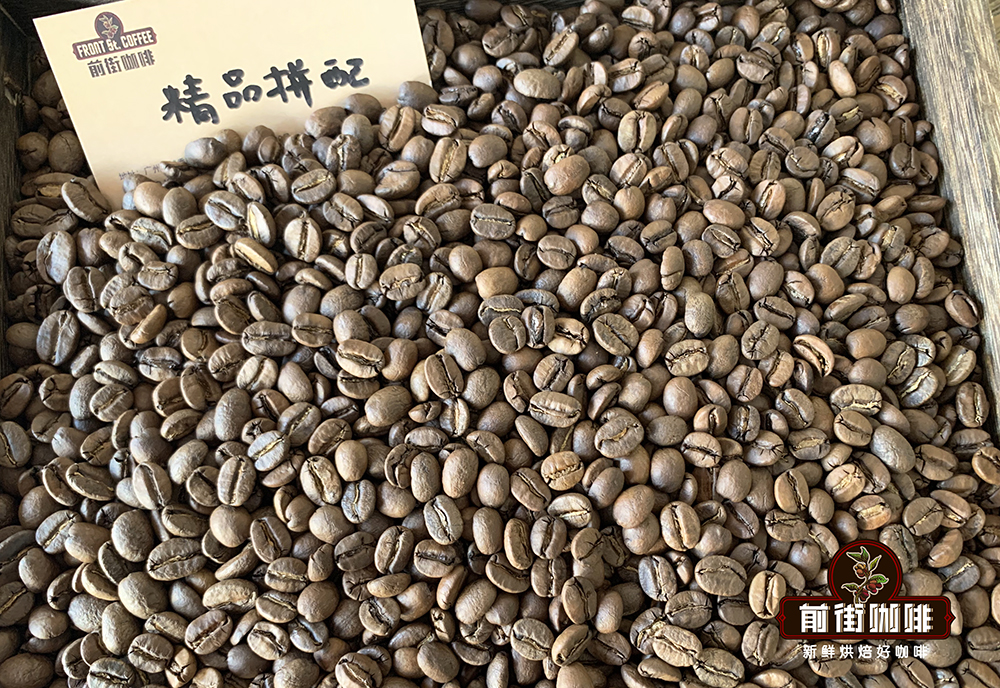
This boutique Italian coffee bean will be the first choice for guests who do not like excessive taste or individual coffee, but pursue the quality of coffee. This blended Qianjie coffee is roasted in medium depth. With balanced taste of Brazilian coffee beans, with soft acidity, nuts back to sweet Colombian coffee beans, classic flavor.
This kind of mixed beans is also used in our own store. I've been using it since I opened the store for about half a year. When discussing this mixed bean, we hope to use American beans as the main body to enhance the nut, sweet taste and minimize the bitter taste.
[Qianjie Coffee Commercial mix Italian Coffee beans]
Flavor: sweet and mellow nuts with milk
Formula: 60% Brazilian coffee beans, 30% Colombian coffee beans, 10% Robusta
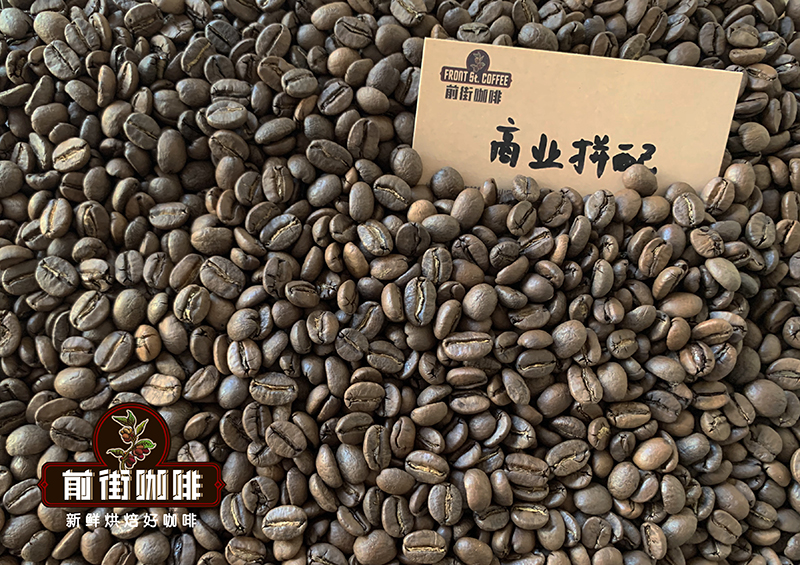
This blend has rich grease and taste and caramel sweetness, with nutty and cocoa, dark chocolate flavor, sweet and sour balance, a little bittersweet, lingering finish. Add a small amount of Robusta coffee beans to increase the richness of the oil, because of the small amount, it will not change too much flavor.
Qianjie named this blended bean "Commercial blended Coffee Bean" because it has a good performance in both American and milk coffee, coupled with the advantage of price, it is very suitable for commercial cafes to use Italian concentrated oil. It tastes smooth and bitter, and the texture is very mellow.
[Qianjie Coffee warm Sun mixed with Coffee beans]
Flavor: black cocoa citrus fermented wine
Recipe: 60% Ethiopian sun red cherry coffee beans, 40% Honduran sherry coffee beans
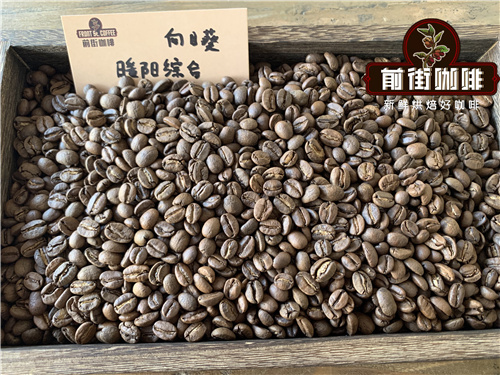
Qianjie Coffee Story about warm Sun blending Coffee beans
In addition to providing boutique matching and basic matching, we also provide a more unique blend of coffee beans with unique flavor and tonality. The front street coffee roaster mixed Honduran sherry barrel coffee beans and sun Yejafei red cherry plan coffee beans, and rescheduled the baking curve, with a ratio of two coffee beans at 6:4. Re-presented by cooked way into a matching coffee bean, named "warm Sun blend".
In fact, with the gradual development of boutique coffee, baristas of Qianjie Coffee found that many customers were no longer satisfied with the stability brought by the blending of boutique coffee, so Qianjie Coffee thought about it. Maybe it's time to bring more fresh blends to enliven the store's production.
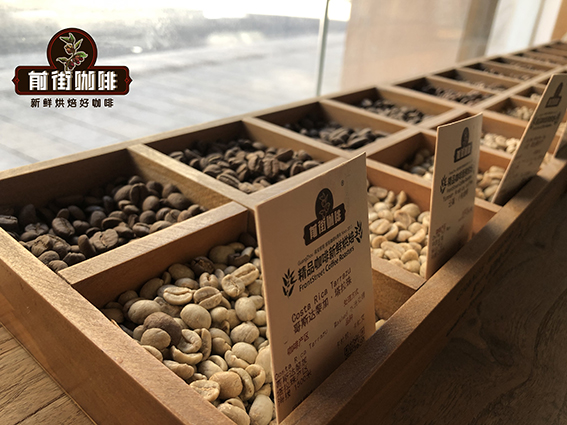
In 2019, after many debugging, this sunny coffee bean finally appeared on the bean list of Qianjie coffee, and replaced the store's boutique mix with warm sun coffee beans. The baristas of Qianjie Coffee believe that these three blended coffee beans are the choice of pursuing stability, the basic blending is the choice of high performance-to-price ratio, and the warm sun blending is out of the choice of flavor, the goals of the three are different, and the suitable guests are naturally different.
The unique flavor of the warm sun blend comes from its Honduran sherry barrel coffee beans. after partial washing, the coffee fruit is put into the sherry barrel for low-temperature fermentation and finally dried. This treatment gives Shirley coffee beans a distinct aroma of wine, while the roaster of Qianjie Coffee mixes 40% of the sun Yega Sherfield coffee beans to provide more acidity to the warm sun coffee beans and increase the layering of the whole beans.
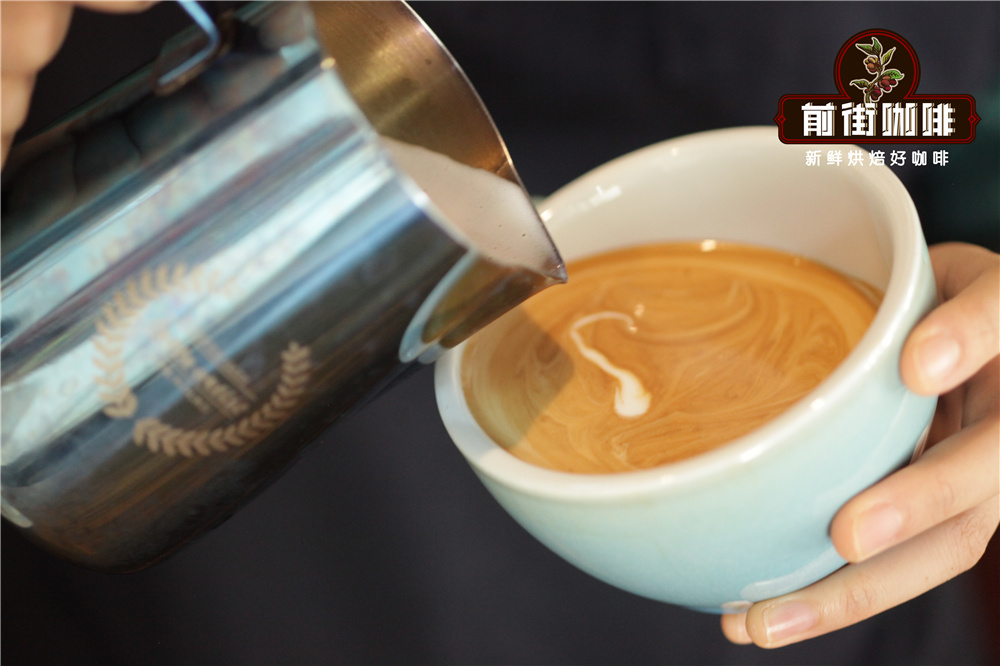
Qianjie Coffee Store adjusts the parameters according to the state of beans every day, such as extracting 40 grams of coffee liquid with 20 grams of coffee powder. The extraction time will be between 26 and 28 seconds. Espresso made with this parameter will have medium acidity, medium bitterness, medium mellow thickness, balanced flavor, obvious black cocoa and citrus flavor, and a fermented finish. American coffee is made with obvious alcoholic chocolate and citrus acidity, while latte is made with vanilla cream, heart chocolate and other flavors.
Qianjie Coffee reminds you to pay attention to buying coffee beans every day.
Roasting (production) date: when buying coffee beans, pay attention to check the baking date. Coffee beans from front street coffee are usually on the back of the bag, with the baking date printed on them.
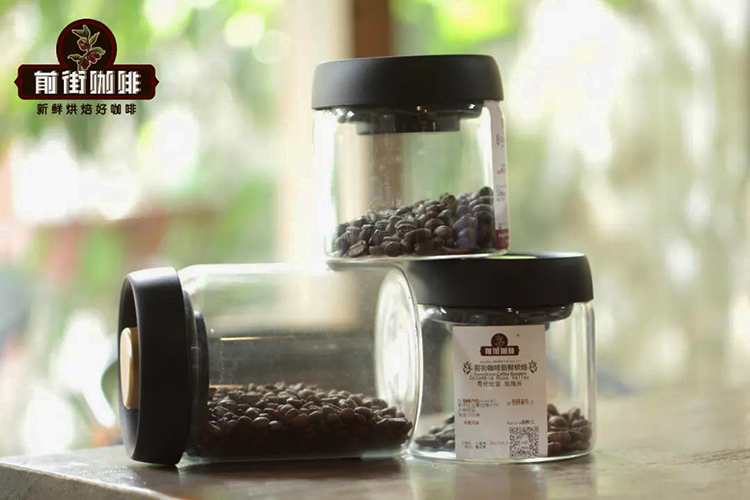
Tasting during the appreciation period: the taste period of freshly roasted coffee beans is within 30 days after the bean cultivation period (4-7 days). After that, it will be lost with the passage of time, leaving only the smell of wood. The first flavor compounds lost are mainly volatile compounds such as flower and fruit aroma, while water-soluble compounds such as sugars, nuts and chocolate are relatively difficult to volatilize.
So we usually remind bean buyers that the best taste period for coffee is 4 days after the baking date-within 30 days. But even if the appreciation period is over, it doesn't mean the coffee can't be drunk. It's just that the performance in flavor will be slightly inferior.
What needs to be emphasized here is the taste period and shelf life. Generally speaking, the shelf life of ripe coffee beans is between 6 months and 12 months. So when buying coffee and ripe beans, it's not as fresh as possible, and remember not to store them for too long before you want to drink them. Pay attention to the baking date when buying coffee beans to make sure you can finish them within a fixed period of time to avoid waste.
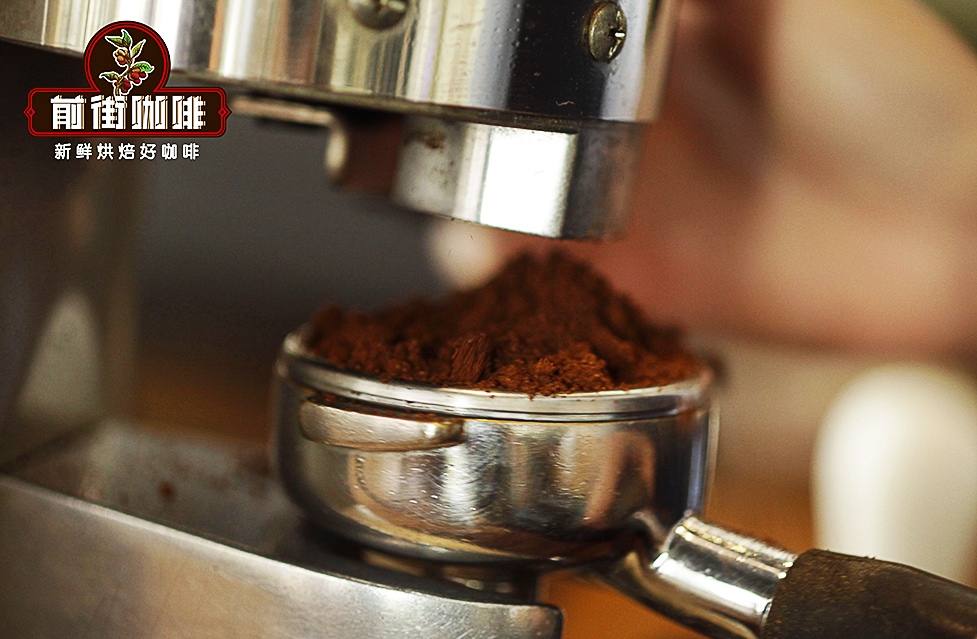
For more information about coffee beans, please follow the coffee workshop (Wechat official account cafe_style)
For professional coffee knowledge exchange, please add WeChat kaixinguoguo0925.
Important Notice :
前街咖啡 FrontStreet Coffee has moved to new addredd:
FrontStreet Coffee Address: 315,Donghua East Road,GuangZhou
Tel:020 38364473
- Prev

Common types and names of espresso! Does "Italian espresso" look good?
Professional coffee knowledge exchange more coffee bean information Please pay attention to the coffee workshop (Wechat official account cafe_style) often have the opportunity to taste different coffee items in different cafes, whether espresso or handmade products, each has its own characteristics and attractions. At present, most of the common cafes in the market serve Italian coffee, so cappuccino and latte become a lot of coffee.
- Next
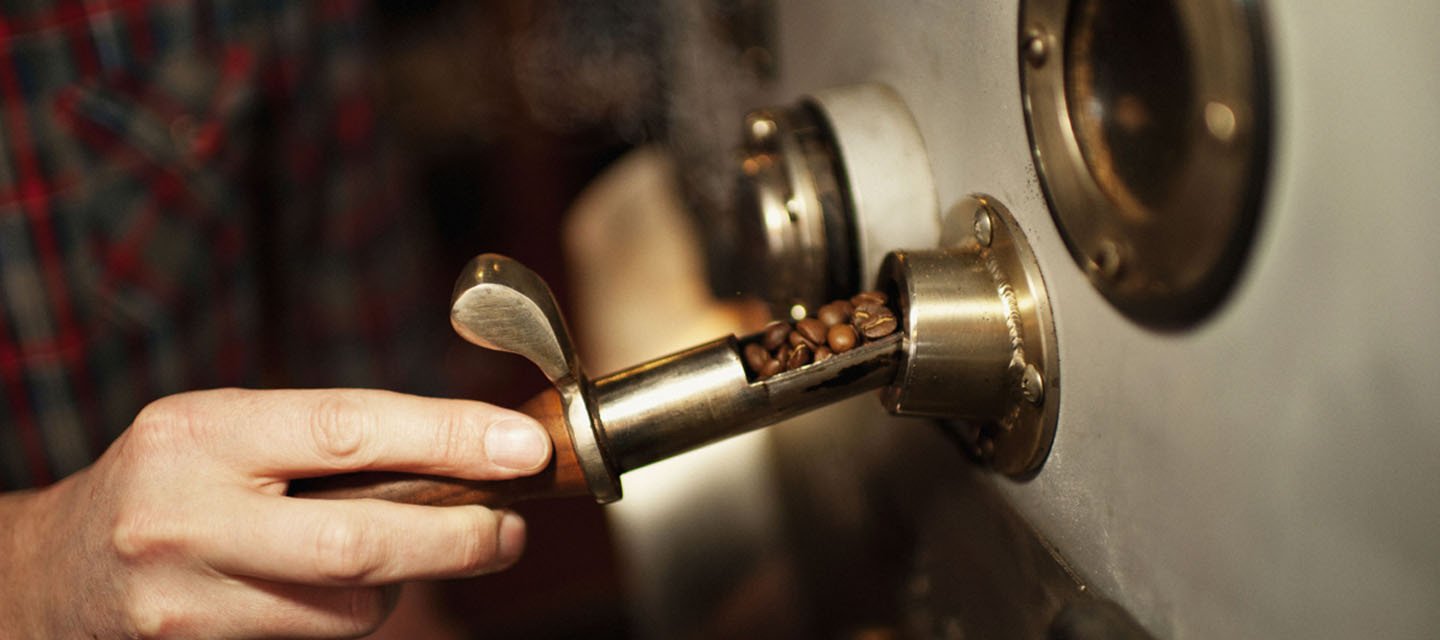
[coffee roasting] it is more important to observe the changes of raw beans than to record the changes of time and temperature.
Professional coffee knowledge exchange more coffee bean information Please follow the coffee workshop (Wechat official account cafe_style) roasting beans is a feeling whenever I see a friend who is learning to bake beans for the first time, always carefully observe the temperature change, and then quickly write it down in my notebook, this is one of the most common pictures I see. Of course, from the standpoint of beginners, there is nothing better than the record.
Related
- Beginners will see the "Coffee pull flower" guide!
- What is the difference between ice blog purified milk and ordinary milk coffee?
- Why is the Philippines the largest producer of crops in Liberia?
- For coffee extraction, should the fine powder be retained?
- How does extracted espresso fill pressed powder? How much strength does it take to press the powder?
- How to make jasmine cold extract coffee? Is the jasmine + latte good?
- Will this little toy really make the coffee taste better? How does Lily Drip affect coffee extraction?
- Will the action of slapping the filter cup also affect coffee extraction?
- What's the difference between powder-to-water ratio and powder-to-liquid ratio?
- What is the Ethiopian local species? What does it have to do with Heirloom native species?

